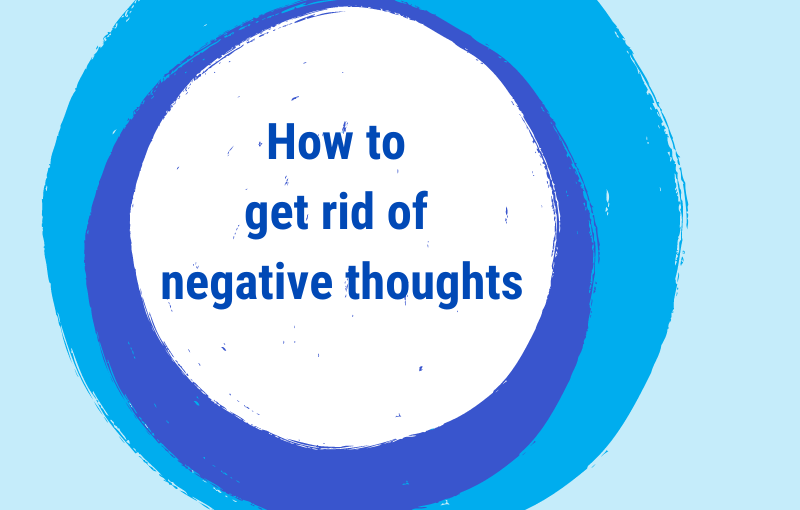Decluttering our home is not always easy.
Sometimes, we struggle to let go of a possession although we don’t use it or don’t like it.
-
- It could be a pair of shoes that we bought 6 months ago and have never worn. We don’t want to give it away because, yes, it’s a bit small, but maybe we could wear it without socks in summer?
- Or a picture we inherited from our grandmother. Whenever we look at it we think that it actually doesn’t fit in our home and that we don’t like it. But how could we dare to get rid of it – it’s from our grandmother!
In situations like these, if often helps to put that item in question away for a while.
We put the shoes in a box in the garage and decide to get them out again in 3 months. We take grandma’s picture from the wall and hide it behind the wardrobe for 30 days.
And then we wait and see what happens.
Do we miss the thing that’s no longer visible and accessible? Most often, we don’t. We completely forget about its existence.
Then, after 3 months or 30 days have passed, it’s easy to now take the final step and get the item out of the house.
It is similar with the useless things we keep in our mind.
Decluttering our mind is also not always easy.
Sometimes, we struggle to let go of a thought although we know that it doesn’t serve us, that it holds us back, has become a burden.
It could be a thought we ‘inherited’ from someone else.
Maybe our teacher in primary school has ‘given’ us the thought that we are hopeless when it comes to finishing a task on time. We keep the thought, ‘I don’t manage to finish things on time’ although we know it’s definitely not serving us. We might even doubt that it is true but still can’t let it go.
It could be a thought that we ourselves ‘invented’ and keep thinking.
We, for example, have decided that if we don’t say what we think we can avoid the risk of hurting someone else’s feelings. We don’t like this thought because it makes our relationships complicated but we struggle to get it out of our mind.
In these mind-clutter situations we can apply the same strategy that’s so helpful with physical clutter issues:
We get the ugly or useless or harmful thought out of the way for some time. And we decide to replace it with another thought for that period of time.
EXERCISE
Step 1 – Choose a thought that you don’t like and that’s not serving you.
Something like ‘I don’t manage to finish things on time’ from the example above. This thought makes us feel incompetent and slow which causes us to act in an incompetent way which creates results that reinforce the ‘fact’ that we don’t finish things on time.
Step 2 – Decide what you want to think instead.
Now you play around with different thoughts that you could use as a replacement for the old one.
If we take the example above, we could ask ourselves, ‘What do I have to think so that I feel competent and agile and act in a way that lets me finish things on time?’ A suitable thought could be, ‘I know what to do and I do it efficiently, on time’. If that thought doesn’t fit yet, we could choose something like ‘I am good at learning to do things efficiently and on time’.
Step 3 – You practice the new thought and lock the old one away
You store the old thought away at the back of your mind and practice the new thought continuously. And whenever the old thought pops up, you remind yourself, ‘Oh no, I’m not thinking that thought for a month. For now, I only allow myself to think the new thought’.
The nice thing with thoughts that we have proven to be useless and powerless is that they disappear on their own – as soon as we have successfully established the new thought in our mind, they old one is gone – it vanishes into thin air.

